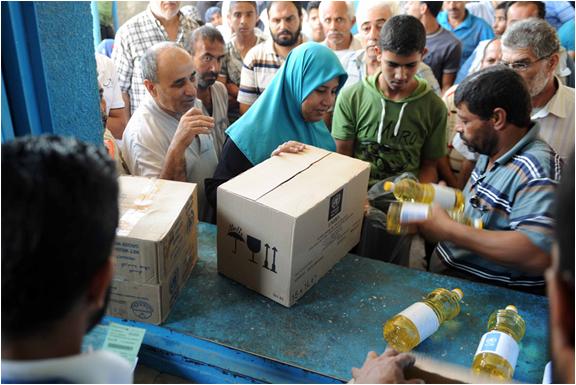Unemployment in Gaza Strip continues to rise and reached 46.6% in the third quarter of 2017, the highest it has been since Israel’s deadly Operation Protective Edge in 2014. This unemployment rate reflects the increasing dearth of opportunities for work in Gaza, in particular for young people, and the diminishing hope for building a better future for the Strip and for the region as a whole.
Unemployment rose from 41% in the first quarter of 2017, to 44% in the second quarter of the year and has now risen to this new height. Unemployment is even higher among women and stands, as it did in the previous quarter, at 71%. Until 2016, women’s participation in the workforce had been steadily increasing. However, due to lack of work opportunities, the rate of participation of women in the workforce in the third quarter of 2017 was 21.9%, compared to 70.8% for men. The increase in the unemployment statistics is also caused by more people searching for work, while fewer are successful in finding a job. Among young people between the ages of 15 and 29, the unemployment rate in the third quarter was 64.9%, compared to 61.9% in the second quarter of this year.
Of dire concern is the fact that, since the closure of the Gaza Strip began in 2007, the only other time that unemployment was higher than now was during the third quarter of 2014 (47.4%), which included the 50 days of Operation Protective Edge with the death and destruction that it caused. Political decisions have led to a significant deterioration in living conditions in Gaza. Removing the severe movement restrictions that are placed on residents of the Gaza Strip will help ensure the realization of their right to livelihood, a right we all share.



